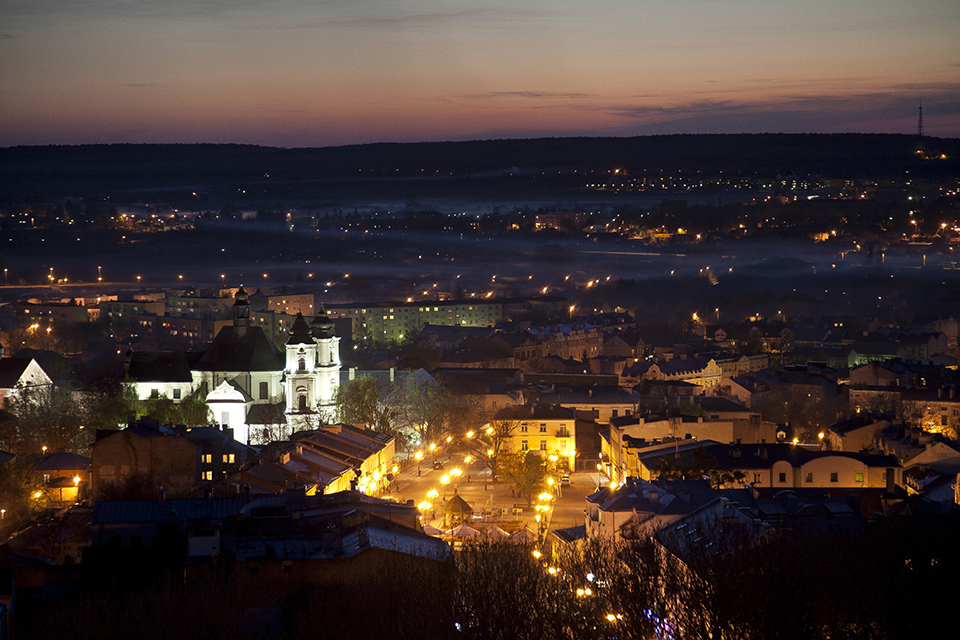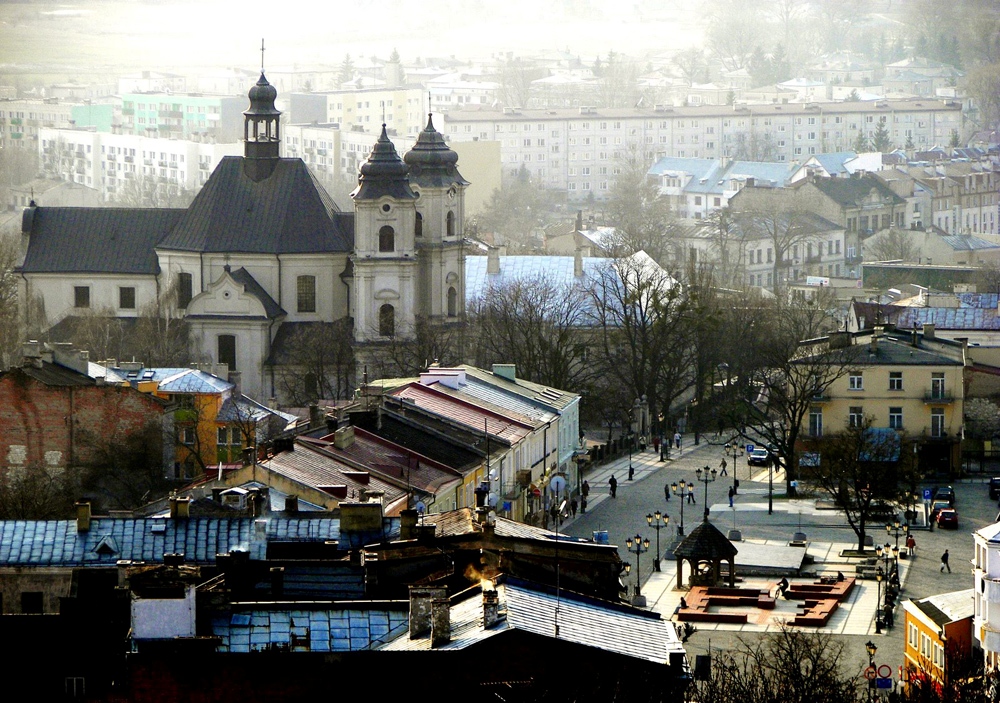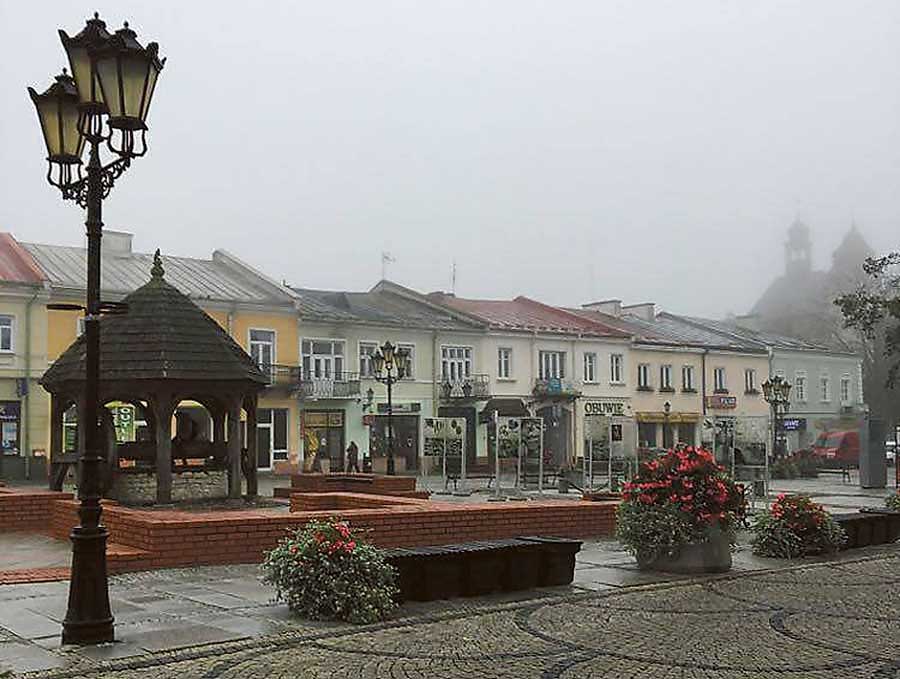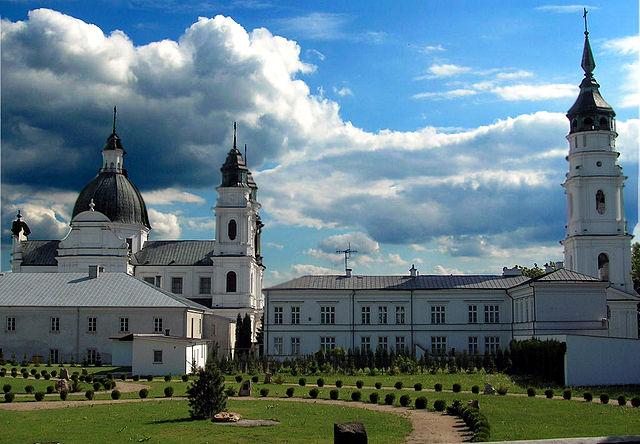Chełm

Partnership agreement of 31 May 2014
Population - 58 357 people (01.07.2022)
Territory - 35.28 km²
Country - the Republic of Poland
Region - Lubelskie Voivodeship
Mayor of the city - Jakub Banaszek
Official website: https://samorzad.gov.pl/web/miasto-chelm
Chełm, founded in 1237, is a city with county rights in the Lublin Voivodeship, located in eastern Poland. It is situated on the Chełm upland above the river Uherka, a tributary of the river Bug. Historically, it has been the main city of the Chełm region. It served as the capital of King Danylo Halytskyi and, for a time, was the capital of the princes of the Galicia-Volhynia state. Until the 1770s, it was the principal city of the Chełm Land within the Ruthenian Voivodeship of the Polish-Lithuanian Commonwealth. From 1912 to 1915, it was the center of the Chełm province under the Russian Empire.
History
Chełm's rich history includes its time as the capital city under King Danylo Halytskyi and as the main city of the Chełm Land in the Ruthenian Voivodeship of the Polish-Lithuanian Commonwealth until the 1770s. Notably, Mykhailo Hrushevskyi, a prominent historian, organizer of Ukrainian science, politician, publicist, and chairman of the Central Rada, was born in Chełm. As a border city, Chełm has experienced a complex history. Following the partitions of Poland, it belonged to Austria (1795-1807), the Duchy of Warsaw (until 1812), and the Kingdom of Poland (until 1832), before becoming part of the Russian Empire. Today, it is a county city with a population of approximately 60,000, making it the second-largest city in the region after Lublin, the current capital of the province.

Tourism
Chełm is located on the elevated Chełm upland above the river Uherka, characterized by its chalk formations. The Chalk Mine in Chełm, a system of chalk tunnels beneath the city, is a national monument of Poland and a popular tourist attraction. Centuries of chalk mining beneath the Old Town have resulted in an underground labyrinth of intricate passages, adits, tunnels, wells, and staircases. Beneath almost all of Old Chełm, at depths ranging from several meters to several tens of meters, these workings form a network spanning many kilometers.
The tourist trail covers approximately 2 km and represents a fragment of the original workings, situated 2 to 8 meters underground. Between 1966 and 1973, about 15 km of tunnels were thoroughly investigated and documented. The existing underground route comprises merely 8-10% of all the excavated cavities within the mountain massif.

Local legends speak of treasures hidden within these underground tunnels, and some tales mention encounters with the spirit of Beliukh, the guardian of these treasures.
A significant artistic monument in the city is the Chełm Cathedral of the Mother of God, located on Castle Hill, also known as Knyazhia Mountain. Originally built by Danylo Romanovych in the mid-13th century, the cathedral was rebuilt in the latter half of the 13th century after a fire in 1256. From the late 16th century, it became the residence of the Uniate bishops of Chełm and underwent remodeling between 1638 and 1656 by Bishop M. Terletskyi. It was dismantled in 1735 and reconstructed between 1736 and 1756 in the late Baroque style.
Minor alterations were made after the cathedral was transferred to the Orthodox Church (1874-1878). In 1919, the Polish authorities handed the cathedral over to Roman Catholics, during which the iconostasis, icons, and some paintings were destroyed. Further changes occurred when the cathedral was returned to the Orthodox Church in 1940, and the latest modifications were made by Roman Catholics after it was transferred back to them in 1946. The cathedral houses a miraculous image of the Mother of God, dating back to princely times, possibly brought from Byzantium.

Other notable religious sites include the Orthodox Church of St. John (established in 1849), a late Rococo church (1753-1763, designed by architect Paolo Fontana), and the Reformed Monastery (1736-1740, rebuilt in the 19th century). The local museum also houses numerous works of church art.
